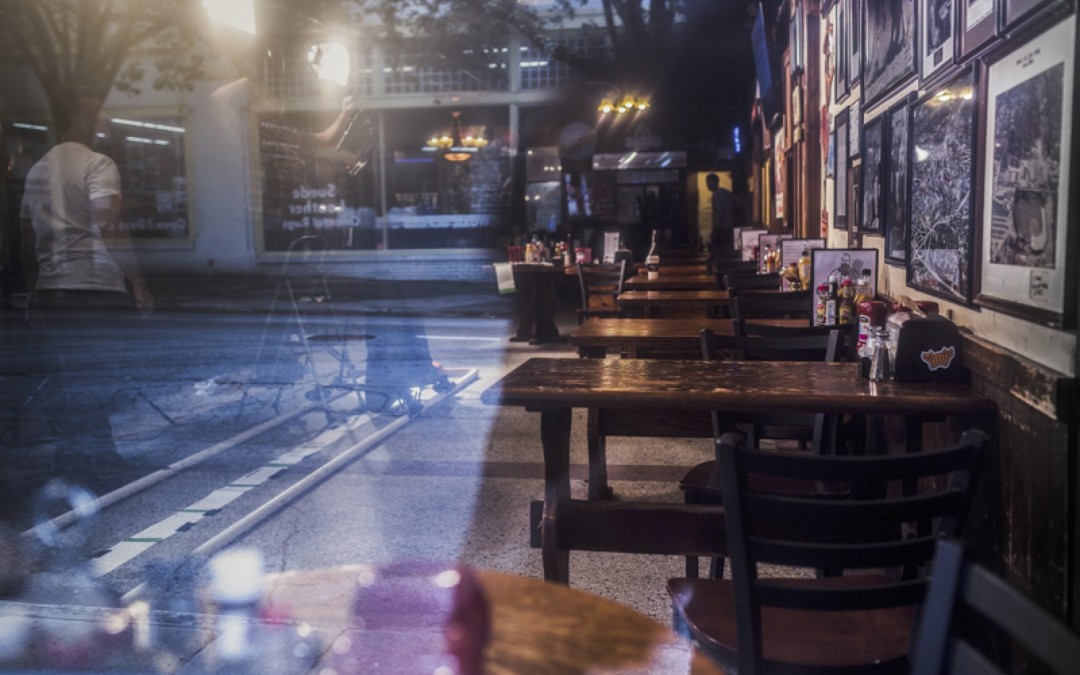I entered a whole new academic world as a Student Innovation Fellow last year. Something that separates my work here from anything else I have done is that there was always a different feeling of gratification when I finished a task. The work my fellow fellows and I do actually have a place in the world. When I finish a calculus homework assignment, I turn it in, get a grade, keep it until the next exam, and then recycle it. Most of what I do in my classes is just for personal use, and it very rarely has significance to the real world. When I finish a task with the fellowship, I get the satisfaction that my work may eventually be used by other students, professors, schools or future fellows. It is now with high expectations that I enter my second year as a SIF and with high hopes that I begin to learn new crafts.
This year, I am going to start learning how to use Blender. Blender is an open-source 3-D computer graphics software and the platform the fellowship is using to create the buildings in our 1928 3-D Atlanta project. All the work that I have ever done has been in the two dimensions, so getting the chance to build models from scratch to put into our 3-D world sounds like a lot of fun. The idea of being able to create anything I picture in my head is infinitely cool and exciting. We all have this infinite, raw imagination that is waiting to be put to use, and this seems like a proper way to tap into that. Of course, the difficult part is learning how to translate that imagination to Blender. Modeling the buildings will give me the opportunity to learn the technicalities of Blender, and along the way, I will find out if this is something I am able to keep pushing to a higher level.
Another new venture that I am a part of is the Unpacking Manuel’s Tavern project. Manuel’s Tavern opened in 1956 in Atlanta and overtime became a living, breathing museum. Throughout the whole entire tavern are original photos, newspaper prints, and relics from events in Atlanta. At the bar area, there are plaques with the names of the tavern’s regulars paying homage to them. Some pieces of the tavern are decades old and some, like the main bar, are over a century old. A history buff can go and spend hours upon hours soaking in the flood of information the tavern has held for its patrons.
Manuel’s Tavern is undergoing a major remodel that will change its whole aesthetic. In respect of the past, a project was started to somehow preserve the tavern’s historical value. In partnership with Emory University, the plan was made to create extremely high quality panoramic photos (gigapans) of the entire tavern. Once we make the gigapans, there are two plans. Plan number one is to mark every photo and artifact in the tavern with a historical annotation and make an interactive website where people can go and use the material for personal or academic purposes. Plan number two is to reconstruct the tavern into a 3-D model and set it in virtual reality, much like what we are doing with 1928 Atlanta. The purpose of this is to add another dimension (see what I did there?) to the learning experience. Once someone puts on the VR goggles, she or he can walk around the tavern and simply touch a photo to receive information on it via a written historical note or audio recorded note.
My objective as a fellow this year is to keep perfecting the skills I have already started to learn and to potentially learn new marketable skills that I can add to my repertoire. The two new undertakings I have taken on will hopefully contribute to that objective. As the successes and failures present themselves this semester, I will discuss as much of them as I can here. Here’s to a new year of innovations and ideas!

